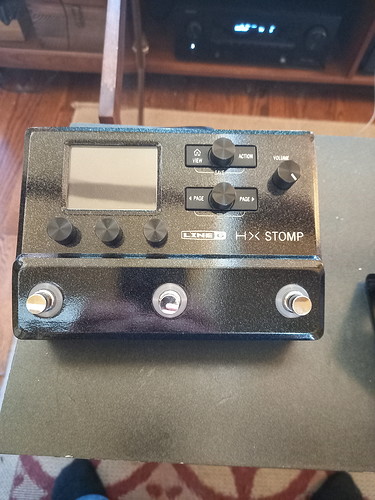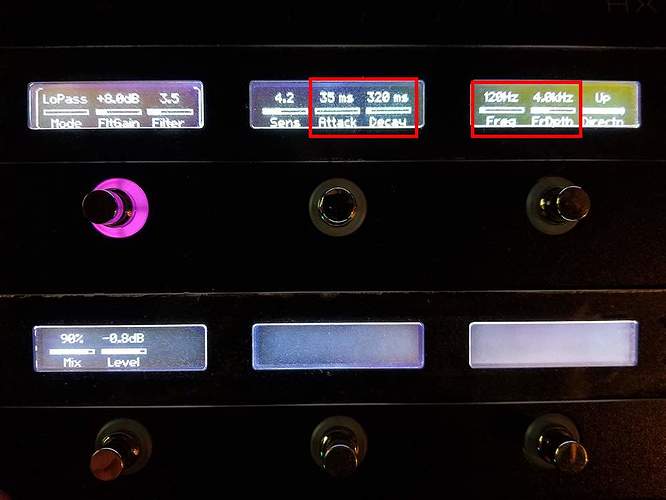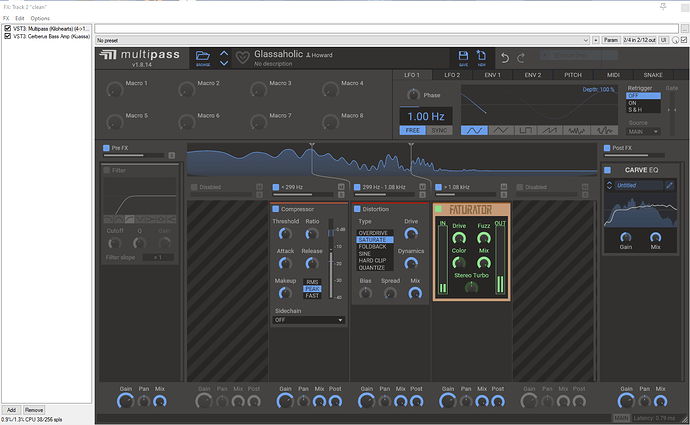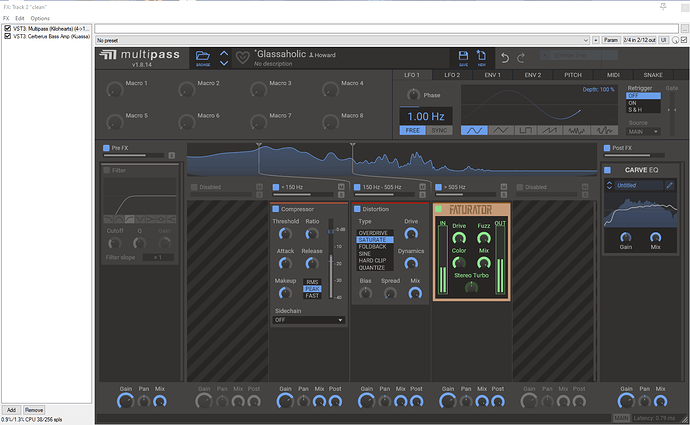Cheap to me, at least cheap and first dibs.
alright, some initial impressions. first off I thought I had dealt with the worst power supply problem on earth with radial engineering. I was wrong. line 6 products claim they need 1500 mA and don’t fit a normal sized cable. I mean seriously are you effing kidding me, just stupid. oh and the wall wort is huge and probably won’t fit under your board  . I have found a workaround, I’ll show you when I get it. as for the x5 vs stomp, to no one’s surprise, I think the stomp will win. the x5 is excellent, biggest drawback for me is no envelope. oh, and it’s huge. but it’s easy to use, lots of great effects. the biggest drawbacks with the stomp is no multi octave (ie pog, so I’ll be buying a sub n up for like the fifth time
. I have found a workaround, I’ll show you when I get it. as for the x5 vs stomp, to no one’s surprise, I think the stomp will win. the x5 is excellent, biggest drawback for me is no envelope. oh, and it’s huge. but it’s easy to use, lots of great effects. the biggest drawbacks with the stomp is no multi octave (ie pog, so I’ll be buying a sub n up for like the fifth time  ), the stupid power supply and the somewhat steep learning curve. but it sounds great, is much smaller and can do a lot more. like a lot of bassists, I was leary about how few bass effects there were. but line 6 did something very smart and made the majority of effects have a blend knob. so you can turn the klon into a bass klon. they also have “parallel path” which allows you to digitally put any non-blend effects on one path and your clean bass on a second path and blend them. very cool. so far so good, but it’s gonna take a while to get used to it. however it is not so overly complicated that most people wouldn’t get it. I mean c’mon, guitar players figure it out. next on the list is I have bought a second 8" frfr headrush speaker which will allow me to run stereo effects and cab sims. gonna see what that sounds like.
), the stupid power supply and the somewhat steep learning curve. but it sounds great, is much smaller and can do a lot more. like a lot of bassists, I was leary about how few bass effects there were. but line 6 did something very smart and made the majority of effects have a blend knob. so you can turn the klon into a bass klon. they also have “parallel path” which allows you to digitally put any non-blend effects on one path and your clean bass on a second path and blend them. very cool. so far so good, but it’s gonna take a while to get used to it. however it is not so overly complicated that most people wouldn’t get it. I mean c’mon, guitar players figure it out. next on the list is I have bought a second 8" frfr headrush speaker which will allow me to run stereo effects and cab sims. gonna see what that sounds like.
hey guys, what in your opinion is the ideal frequency for the crossover of a splitter/mixer device ? the goal being to blend an overdrive on the high frequencies and the clean signal on the low frequencies
You can find the Bass Octaver in the Legacy folder. You could also use the new polyphonic pitch/octaver from patch 3.x which is comparable to a pog.
Try the Auto Filter for envelope. For an alternative, the Legacy Filters have the Tron Up/Down effect.
Also @itsratso there is a huge community who are providing (or selling) amazing presets for the Helix. I found a lot of different sounds that way and some of them are pretty advanced where they split the signal chains to create a distinct sound.
Darkglass Microtubes X was built for that same purpose. Give it a look and see what route they go.
yeah but that’s a parametric crossover, I’m more searching the ideal frequency for a fixed frequency one 
yeah I should have clarified that, there is one but most people have a pretty low opinion of it. and it’s the x5 that doesn’t have an envelope. I’ll check it out. thanx!
Oh sorry, I read your initial post wrong. Yeah the legacy bass octaver isn’t that special imo but I think the new poly ones are kinda amazing. I got a similar sound that sound like my MXR octaver. Only drawback is that those poly effects cost a lot of DSP power so it’s still a good idea to combine with analog pedals. It’s a fun puzzle to play with ![]()
yeah I have a feeling that even if it sounds great it probably won’t work for me. I like to run the octave with reverb and delay. if I try to throw on an amp/sim forget it 
To get an actual number I’d have to frequency sweep something I like.
- I would suggest feeding a looping bass scale from the DAW into the input of the X3.
- Put a low pass filter on the track.
- Turn down the knee on the filter until the distortion goes away.
BTW if anybody wants envelope on the Helix, here is an excellent thread on getting a great sound (filter tends to be disliked on Helix). gives a great starting point to play with. scroll down to post 2149 by fivestringgecko:
I usually kept my Microtubes X up around 500 (the C above middle C) but that was for a very Darkglass style fuzzy clank effect.
I’d say lower, between 250 and 300, which is roughly mid-D string.
It turns out I play with this all the time. Here’s a darkglass-like distortion I made in Multipass with a compressor on the lows, saturation overdrive on the mids, and saturator/fuzz/drive on the highs, with the low mids overdrive starting at 300 and the highs at 1kHz:
Here it is with the cutoffs down at 150/500
:You can also see I am also EQing that to boost highs/high mids a bit and trimming all the mud away below ~50hz or so after the distortion.
Both sound great to me, depends on what you’re looking for 
yeah, sounds good  thanks !
thanks !
What is a tube actually doing to the sound? How do you simulate a tube digitally? In my head, I have an old Fender tube amp sound. Which I think has a bit of what people call spring reverb in it too. I’m trying to reproduce that sound.
Compression, warmth, slight distortion (mostly saturation until it overdrives?)
Hard to describe.
How do you add “warmth” digitally? Is there a setting called warmth?
slightly overdriving mids is how I would try
this has something to do with harmonics. a tube, especially a cathode-biased triode (12AX7 for example) adds some even harmonics to the signal. old solid state devices add odd harmonics, and it matters : the even harmonics sound “warm” an the odd harmonics sound “cold”. (more modern solid state devices like FET, JFET or MosFET behave somewhat a bit more like tubes)
also there is the dynamic range, not linear with a tube : the transcient are very fast but the signal tends to compress when it’s a bit too ample. again something that tends to sound warm.
a digital emulation of tube adds those characteristics to the signal with algorithms.
Try synthwarmer & deharsher plugins like DeEdger, UnHarsh.
Also tape emulations could help but you would have to balance between sounding retro & sounding modern but it’s doable.



